How to Clean a Super Automatic Espresso Machine
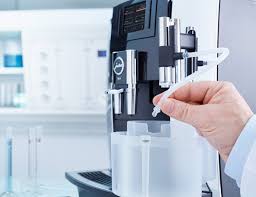
The time you invest in ensuring your superautomatic espresso machine is clean and well maintained will pay huge dividends in ensuring it works well for a long time. Don’t despair, it’s not as hard as it may seem. Understand what weekly and monthly requirements are and you will be well on your way to enjoying delicious espresso and espresso based drinks for a long time.
Why Is Regular Cleaning of an Espresso Machine Important?
Three things that can cause havoc to your machine are: coffee bean oils, milk residue and limescale from water. All of these can be kept at bay with regular maintenance. The three things which require regular attention are the brew unit, cleaning the components which come into contact with milk and descaling the machine regularly.
The convenience of a superautomatic machine is the simplicity of use. You press a button and the machine does everything for you. Superautomatic espresso machines grind, brew, tamp and dispose of coffee bean grinds all internally. The no mess, no fuss is probably what sold you in the first place. However, this regular circulation of coffee beans leaves behind coffee bean oils and small debris which can quickly collect and cause blockages.
In addition to the espresso portion of the machine, you love the fact that you can steam milk to make your milk based drinks like cappuccino and latte. Your machine may have a manual steamer, automatic milk foamer or milk carafe. Cleaning the milk components is incredibly important. If left uncleaned, the milk residue will clog the wand or hoses and more importantly it can cause harmful bacteria to grow.
Finally, the main ingredient used in your machine is water. When water is heated, limescale is deposited. Pipes narrowed by limescale no only slow down the heating process, require more energy but may even cause the machine to break down. Limescale also has a negative effect on the the taste of coffee itself.
Here are the maintenance tasks required. Some tasks can be completed as needed, some are weekly, others monthly and beyond.
Cleaning As Needed (every couple of days)
The drip tray and the dreg drawer are two components that need to be cleaned as needed. How often you clean these really depends on how many coffees you make each day and when these components are full.
The drip tray, this is the tray your espresso cup sits on top of, that allows excess espresso or water from the rinse cycle to flow into. This is also where excess water from the brew cycle falls into.
Depending on how many coffees you are brewing each day, you may need to empty this drip tray each day or at least every couple of days.
Another part of the more frequent maintenance tasks your machine needs is the emptying out of the dreg drawer. The dreg drawer is the drawer where the spent coffee is dumped when a coffee is made. These usually look like coffee pucks.
Leaving old espresso grounds in the dreg drawer for multiple days on end can lead to mold growth. Wait, don't throw away the spent coffee pucks in the garbage, you can add them to your garden or houseplants. These make excellent fertilizer.
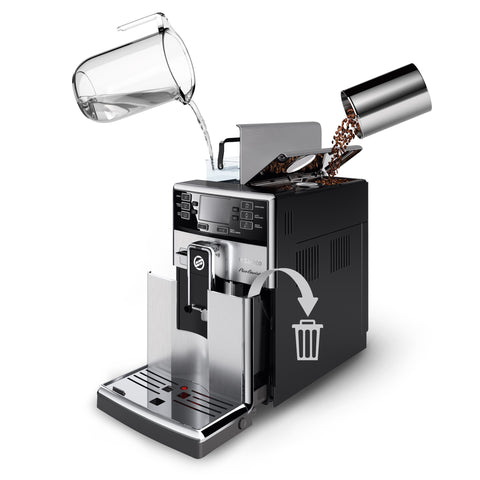
Let's move on to the steam wand. It is important to keep the steam wand on your machine in pristine condition. Milk is a dairy product which, if left unattended on your steam wand will produce foul odor and encrusted milk can clog the steam tip. This is even more crucial for autofoamers and carafes.
If your machine has a pannarello, you can pull off the pannarello and wash it after each use. Machines with a traditional metal steam wand, on the other hand, can be cleaned with a clean, wet dish cloth to wipe it down.
![]()
Machines with an autofoamer, will require the autofoamer to be removed from the machine, dismantled into its various components to be cleaned thoroughly. But if you are really good about having clean water flow through your autofoamer immediately after making a milk based drink, you won't need to take it apart. The more thorough cleaning can be done on a weekly basis (depending on usage).
Like an autofoamer, a milk carafe also needs to be cleaned well. Since a milk carafe can be put in the fridge with any milk that has not been used, you may not need to clean it right away. But be sure to rinse it well with hot water when it is empty. Again depending on usage, you may need a more through cleaning using a dairy milk cleaner.
Milk system cleaners are food safe degreasers especially made to clean espresso machine components that come into contact with milk. It is difficult to say exactly how often you should use them because it really depends how often you have milk based espresso drinks and how good you are about cleaning the components right after you make a drink.

Weekly Cleaning
When cleaning any type of appliance make sure to consult your user manual. This should also be your first step when attempting to clean your new appliance on a deeper and more thorough level.
After a week of usage, it is crucial that you dive a bit deeper into your machine and clean the brew group.

Think of the brew group as the head quarters (HQ) of your espresso machine. It's a big deal. This is the component that produces your coffee.
Super automatic espresso machines typically come with two different types of brew groups
- non-removable brew groups as used in brands like Jura and Krups
- removable brew groups used in brands like Saeco and Gaggia (shown above) and Infusers as found in DeLonghi superautomatic machines.
Your espresso machine manual should indicate which one your machine uses and provide specific details relevant to your make and model. But here is some general procedures.
Cleaning Non Removable Brew Groups
Non-removable brew groups can only be cleaned internally. That is because you cannot remove this component from your machine. You will need cleaning tablets to clean this brew unit in this case. Cafiza tablets are the type of tablets required. Brands like Jura, have their own line of cleaning tablets and they highly recommend using the 2-phase cleaning tablet specifically designed for their products. This cleaning tablet is placed in the bypass doser. JURA’s youtube channel shows great videos on how to clean each model.
Select the automatic cleaning cycle and then input the cleaning tablet. This will do all the work for you! All you need to remember is to place a large bowl or container under the espresso spout to catch the dirty water.
Cleaning Removable Brew Groups
1. Remove brew unit from the machine.
2. Rinse under warm water. Do not use any type of soap or solvent.
3. Allow brew unit to air dry before reinserting it into the machine.
4. Be sure to wipe excess grinds from the area below brew unit.
In the course of cleaning your brew unit, it may become misaligned. Here is how to reset it so it can be reinserted into your machine effortlessly.
Monthly Cleaning – Descaling Your Machine
What's descaling and do you need to do it with a super automatic espresso machine?
All machines will require descaling at some point. Usually super automatic espresso machines require descaling every, one to three months, depending on usage and more specifically water hardness.
Descaling is the process of running a descaling solution through the internal boiler, pump and various valves of the espresso machine. To descale a super automatic machine, use a descaling solution specifically made to clean an espresso machine. A great advantage of superautomatic espresso machines is that most of them are programmed to give you prompts and guide you through the descaling process.
Types of Descalers
There are three types of descalers on the market: powder and liquid and tablets. Both are equally effective. If you are using the powder, be sure to dissolve the packet of powder fully in a 32 oz. bottle of warm water. Once dissolved, you can pour the solution into your water tank.
If you use a liquid descaler, you can pour the amount as directed into 32 oz of warm water and pour directly into the water tank. For example, Dezcal liquid requires you use 3 oz of product to 32 oz. of water.
Once the solution is in the machine, activate the descaling prompt on your model. Put a container under the steam wand and in some units, put a container also under the coffee spouts to catch the solution.
Reviewing your user manual is recommended to ensure proper procedure is followed.
At the end of the descaling process, be sure to rinse your water tank and allow your machine to dispense one to two tanks of fresh water to ensure all traces of the descaler have been removed. It is also advisable to make a couple of coffee and throw then out.
JURA brand uses tablets to descale the machine. These are placed in the water tank and each machine will guide through the process.
How to Prolong Descaling Your Espresso Machine
One way to reduce the frequency of descaling is to use water filters in your machine.
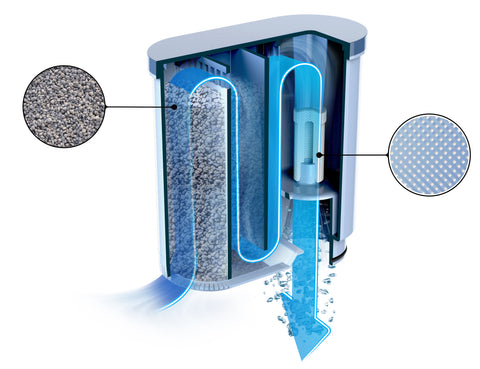
These filters, directly positioned in the water tank are excellent at absorbing harmful substances while retaining important fluorides, which impact the flavor of coffee. Filters remove the calcium, minerals, chlorine and traces of lead, copper or aluminum that can be in water. Regular use of filters will significantly reduce the need to descale. Machines that use the Saeco Aquaclean system for example, will not require descaling for 5000 cups when the filter is regularly used.
Beyond Monthly Maintenance
Cleaning and Lubricating the Removable Brew Unit Every Three to Six Months
Removable brew units not only need to be rinsed weekly but it requires a deeper cleaning and lubrication based on the number of coffees you make.
- If you brew 1-5 coffees per day, lubricate every 4 months
- If you brew 6-10 coffees per day, lubricate every 2 months
- If you brew more than 10 coffees per day, lubricate once a month
1. Begin with rinsing the brew unit under running warm water.
2. Find a tub large enough to hold the brew unit. Add 1 to 2 tablespoons of Puro Powder then add enough warm water so that the brew unit can be soaked.
3. Allow the brew unit to soak for 1 to 2 hours.
4. Remove brew unit from tub and rinse under warm water and brush off any residual lubricant and coffee grinds.
5. Allow brew unit to dry.
6. Apply a thin layer of food safe lubricant such as, Lubri-film to brew unit. You can apply Lubri-film using a brush, cotton swab, or applicator such as a curved utility syringe. The attached pictures illustrate in yellow highlights, the areas of the brew unit requiring lubrication. Check out this video demonstration to get a better idea.
7. Every 1 to 2 years, or as necessary, replace the large orange brew unit O- Ring by simply pulling off the old one and adding a new one by stretching it into place.
Taking Care of Your Espresso Machine Over the Years
Every year or two your machine can use a tune-up. Just like cars benefit from regular tune ups and multi-point inspections, and software updates, so does your espresso machine.
Especially software updates. Just like our phones or computers, the software in espresso machines needs updating too. This is where you may need to access a trained professional. Here are things to consider when looking for qualified repair technicians:
1. The service centre is an authorized service centre meaning the manufacturer works with this establishment and knows they are working on their machines, These service centres will also have the proprietary programmers needed to update software in the machine.
2. Technicians are factory trained. These guys will know the ins and outs of your machine.
3. The service centre uses original parts. Like o-rings etc.
4. They tell you in advance exactly what they will be doing to your machine and provide an estimate of any costs.
Keep these points in mind and you will can rest assured your machine is in good hands
It is always best to do preventative maintenance rather than waiting until your machine completely bites the dust. Can you really afford not to have your morning coffee?
Here you have it the maintenance tasks required to keep your espresso machine running smoothly and performing at its best. Follow this maintenance schedule and you will enjoy your espresso machines for years to come.


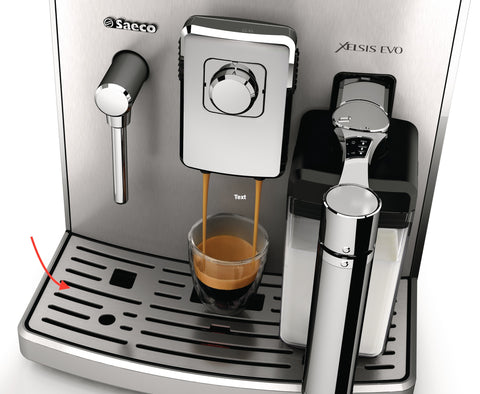

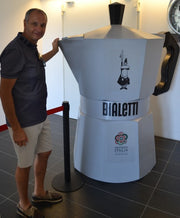
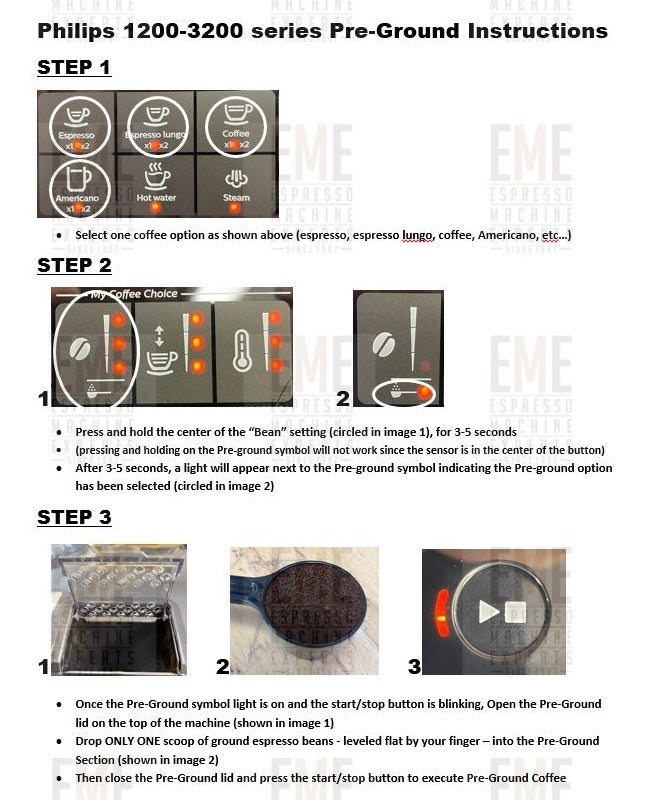
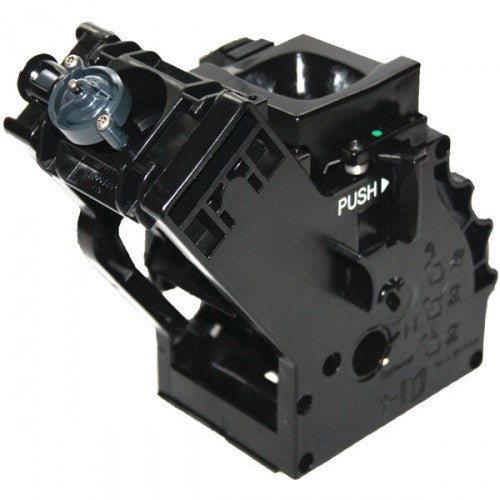
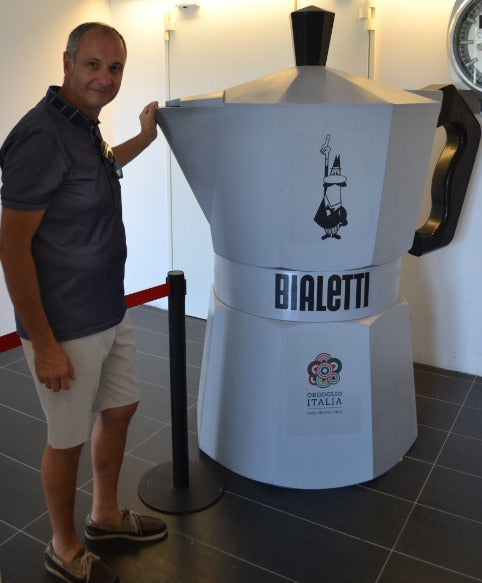
Your Puro powder link (above) for cleaning the brew unit leads to other cleaners than Puro powder. Which is equivalent to Puro? I use the decalcifying tablets monthly and the descaling every few months but this step is new. Thanks.